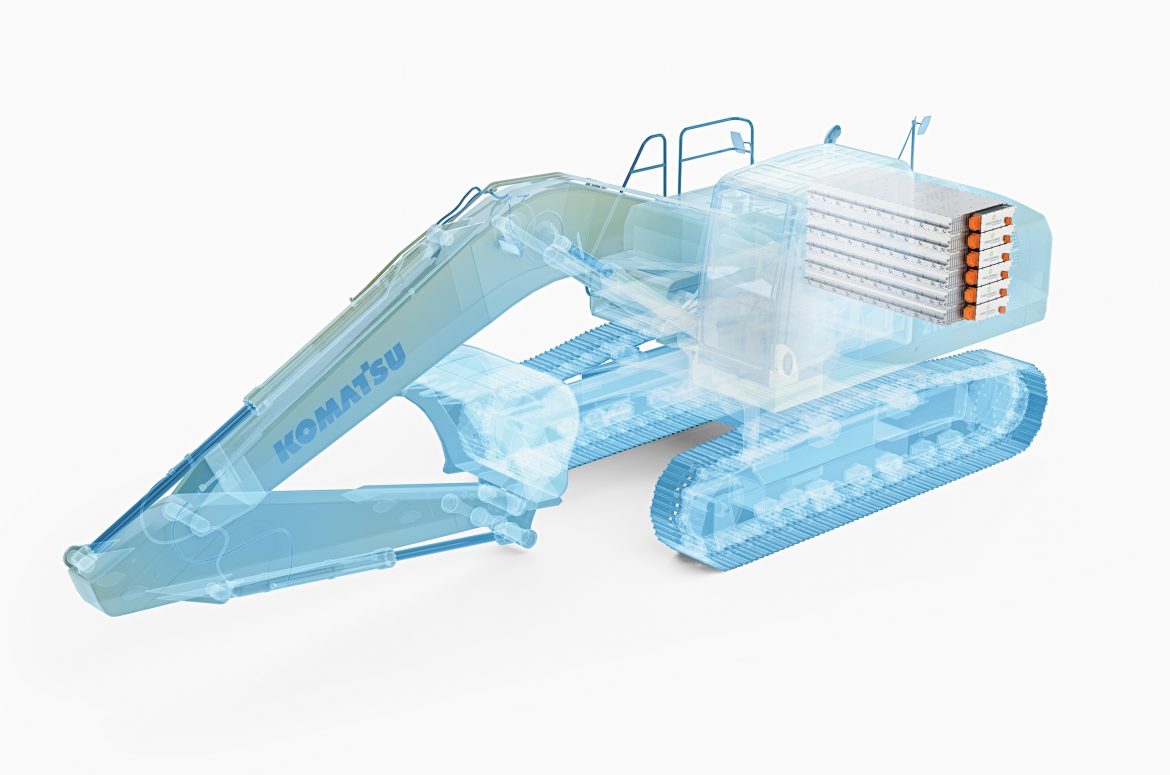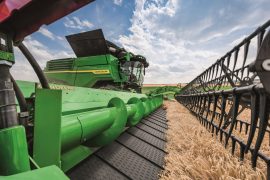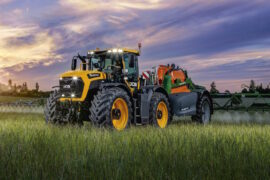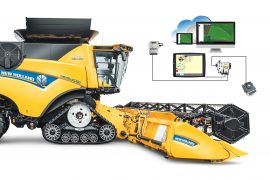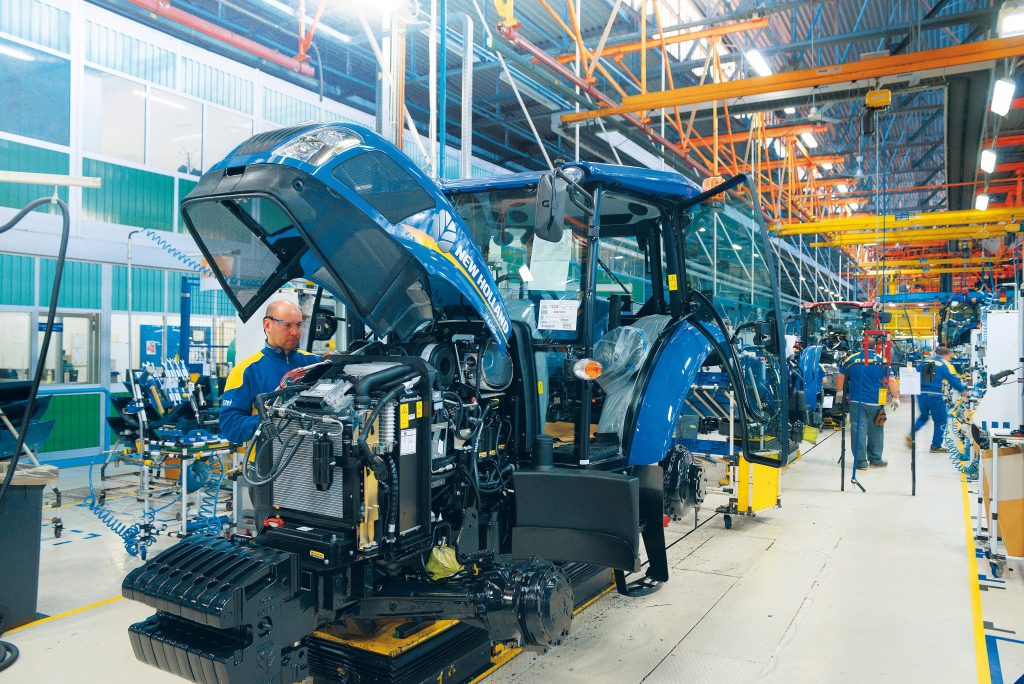Komatsu has revealed initial details of its progress towards the electrification of its small and medium-sized hydraulic excavators setting 2023 to 2024 as the date when with the commercial production of its electric excavators will begin. With the signing of a collaboration agreement with California-based Proterra Inc, tests aimed at achieving this objective will be carried out in the current year.
Established in 2004, Proterra is regarded as a leader in commercial vehicle electrification technology through its Proterra Powered program, delivering battery systems and electrification solutions to heavy-duty and commercial vehicle manufacturers around the world – underlined by the fact that more than 16 million miles have been driven by fleets of more than 500 electric transit vehicles in North America using its commercial vehicle electrification technology.
For its small and medium-sized models, Komatsu will receive high-performance batteries and peripherals developed by Proterra. In this, Komatsu will collaborate with Proterra in developing an optimal battery system for small and medium-sized hydraulic excavators requiring a large amount of output. Komatsu also expects to generate additional benefits by integrating its partner’s technology with its own, such as integral technology for the development of machine bodies.
Commenting, Michael McHale, chairman of McHale Plant Sales, Komatsu distributor in Ireland, said: “Since 2018 and the release of its hybrid hydraulic excavators – the world’s first hybrid construction unit – Komatsu has had a forefront position by developing products designed to help mitigate environmental impact, a claim echoed in April 2020 when Komatsu launched the PC30E-5 electric mini excavator”.
Under its three-year mid-term management plan ‘Together for Sustainable Growth’, Komatsu is working to achieve sustainable growth with the target of reducing CO2 emissions by 50% by 2030. Working with partners, Komatsu will develop electric construction equipment which features zero exhaust gas and outstanding reduction of noise, while achieving excavation performance on par with engine-powered models.

